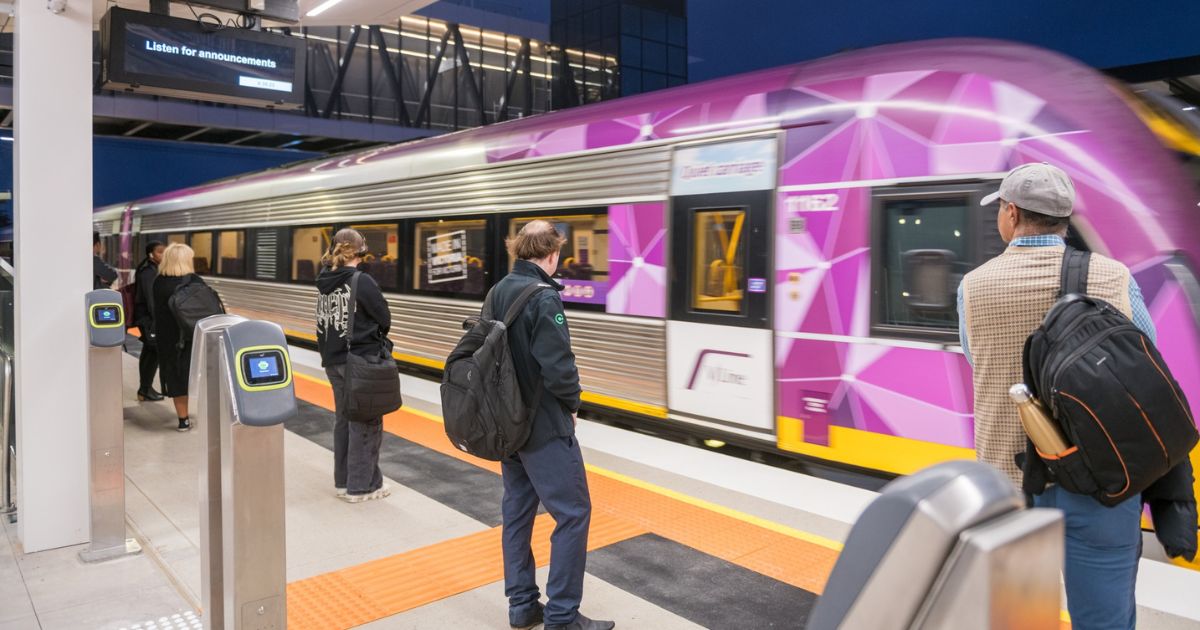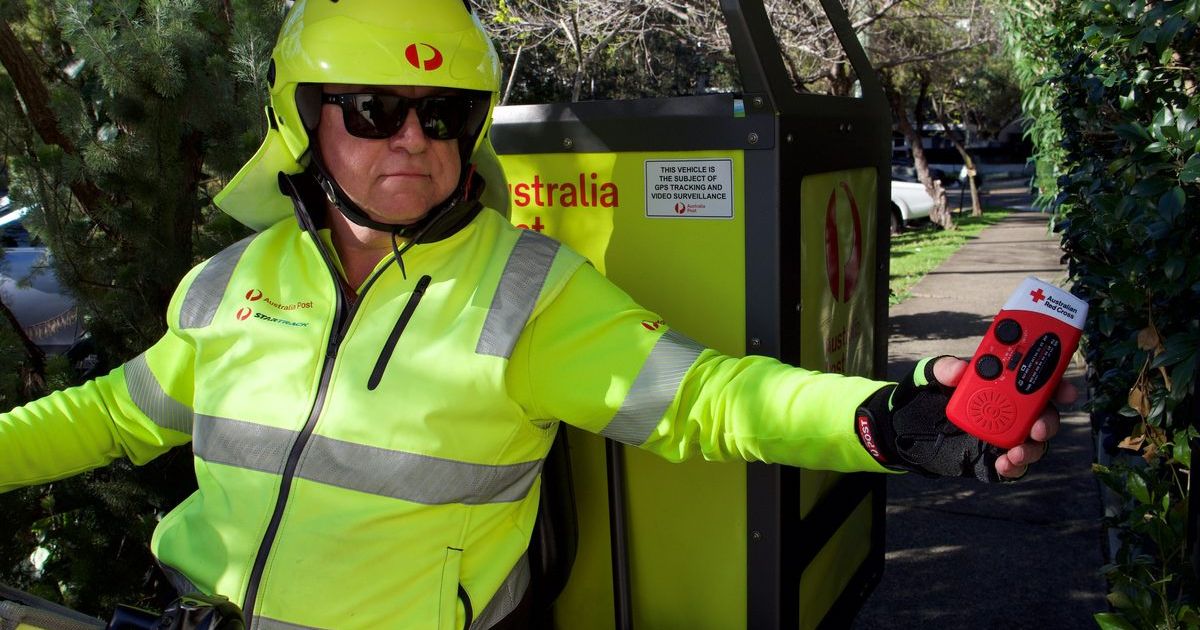Better funding needed for footpaths
WITH about one hundred listed footpath shortfalls for the City of Ballarat to address, how can the municipality expect to keep up with their pedestrian infrastructure?
Cr Belinda Coates said the lack of footpaths an “enormous issue” for Ballarat’s pedestrians.
“We’ve still got work to do. There are still gaps in central Ballarat right through to the furthest suburb,” she said.
“Historically footpaths weren’t valued as much as they should’ve been. Decades ago, many developers went ahead and there wasn’t a requirement to have connecting footpaths.
“Decades later we find ourselves in the situation where there are so many gaps across the board. It’s incredibly expensive to try and connect all them up.”
In the 2022/23 budget, $600,000 has been allocated to install more than three kilometres of footpaths while the shortfall list adds up to about 50 kilometres.
At the current funding level it would take about 15 years for the listed projects to be completed and Cr Coates said that’s not enough to catch up.
“It will really need significantly more investment than that over time,” she said.
“We need to be really strategic in getting the best bang for our buck where we get the most benefit.
“To me, that’s starting where people use them most like schools, shopping centres, central business districts. They should be high priorities for connectivity.
“It’s a cultural shift too. Community members are usually more vocal about roads and potholes than footpath connectivity.
“Roads still get more than 99 per cent of the transport budget and that proportion does need to shift over time if we’re serious about improving walkability.”
Cr Coates said there are many benefits to increasing accessibility for people beyond driving cars.
“Activities like walking and cycling are of immense benefit to communities. As far as equity and transport they’re the easiest and cheapest ways to get around,” she said.
“There are also spinoff benefits for health and wellbeing, and for the environment there’s less pollution and lower emissions.
“They also activate local neighbourhoods, centres and central business districts.
“The responsibility for walking and cycling infrastructure is primarily state and local governments but when you look at those broad benefits, they should really attract a better proportion of funding.”
A briefing on the municipality’s footpath shortfall list is expected to be presented to councillors during an upcoming regular meeting.



















